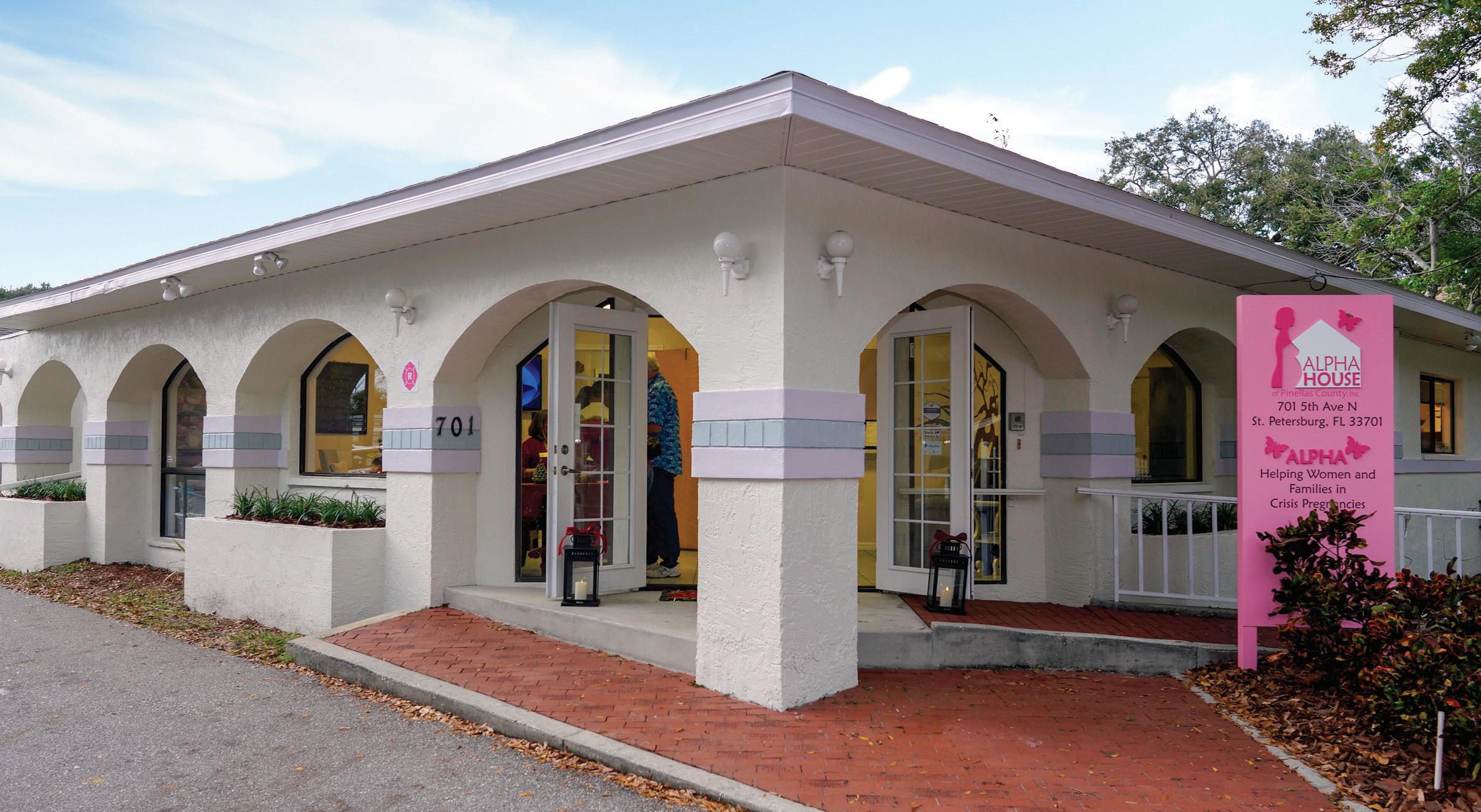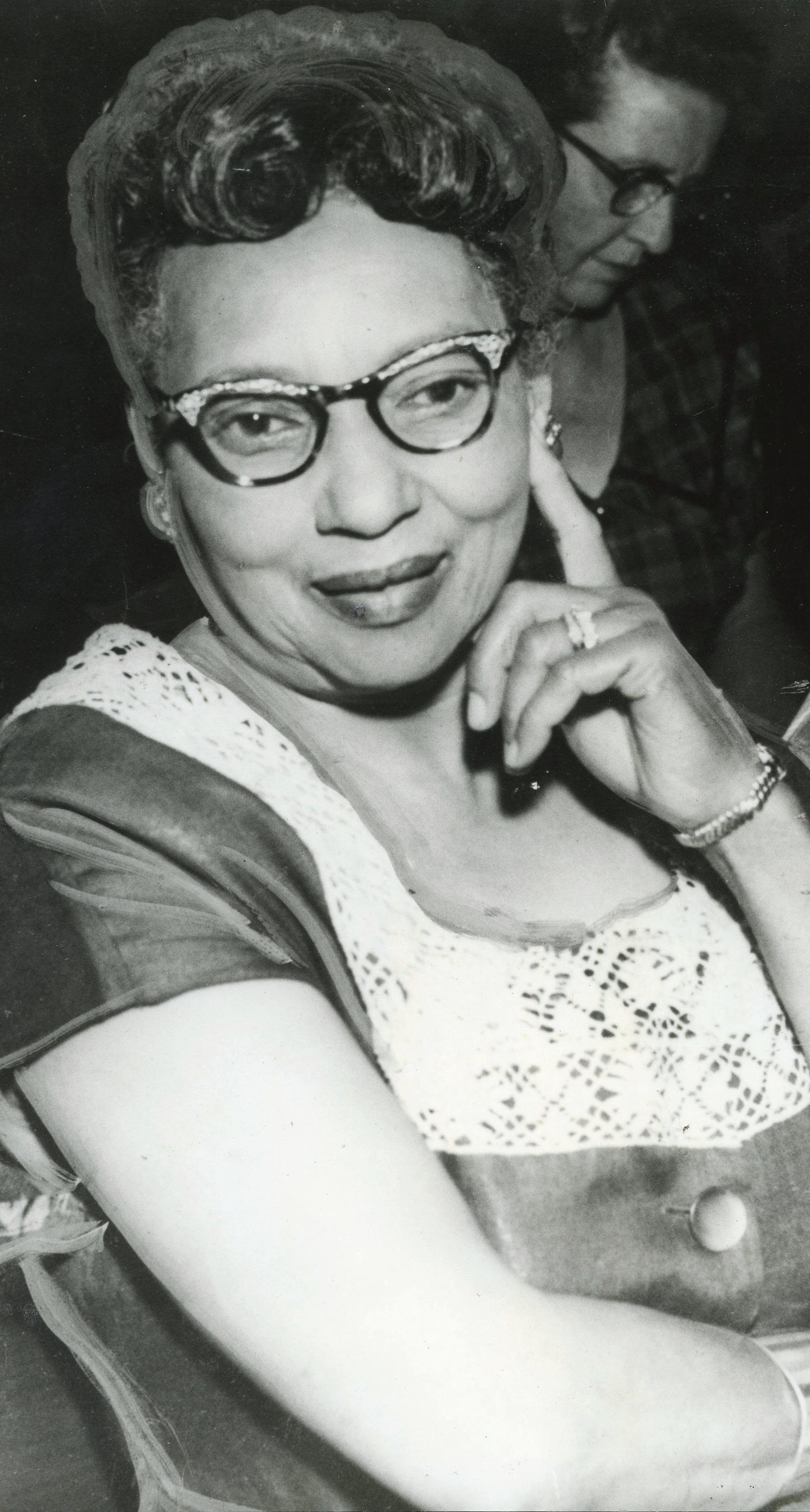Farmer’s Concrete Works. Photo Courtesy of St. Petersburg Museum of History.
Building a Legacy: Black Laborers & Farmer Concrete Works By Tina Stewart Brakebill If you stroll through some of St. Petersburg’s earliest neighborhoods, including the Old Southeast, Historic Old Northeast, and Historic Roser Park, then you’re sure to notice sidewalks composed of multicolored hexagon-shaped concrete. Today, those sidewalks are considered an integral part of each neighborhood’s charm, but that hasn’t always been the consensus. Luckily, after some mid-century removals, the remaining hex block sidewalks are protected “within, and adjacent to, historic districts, hexagon block preservation districts, and landmarks.” This shift recognized that the iconic hex blocks are a vital part of St. Pete’s history as well as appealing traditional streetscape features.
St. Pete Grows The 20th century saw the city expand as developers pushed out its existing borders. Alongside that growth came rising population, as more people sought out new opportunities and a sunny clime. By 1930, St. Petersburg was home to more than 40,000 people as compared to only 1,600 early settlers at the turn of the century. In
8
GREENBENCHMONTHLY.COM / FEBRUARY 2021
the early days of this phenomenal growth, Hope Aciel Farmer arrived for a visit. His decision to stay and seek his fortune in the booming building market ultimately helped lay the foundation for the nowiconic sidewalks. Even before Farmer’s arrival, a community of Black laborers already had established itself as a crucial element of the local economy and city growth. These workers proved to be essential to the spread of hex-block sidewalks throughout the city.
African American Labor & the Growth of St. Pete Arriving in 1868, the formerly enslaved John Donaldson and his family were instrumental in building the foundation for the community that would become present-day St. Petersburg. They were the city’s only African-American family until the 1888 construction of the Orange Belt Railway brought more than 100 additional Black laborers to town. In the decades afterward, St. Pete experienced steady growth in size and population, and Black workers provided much of the foundational








